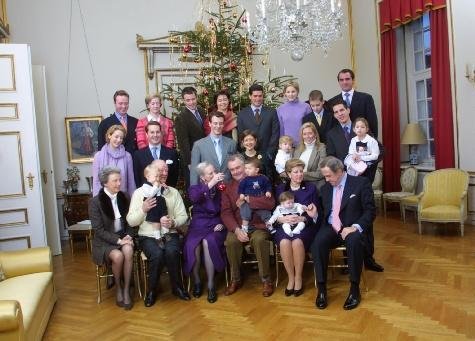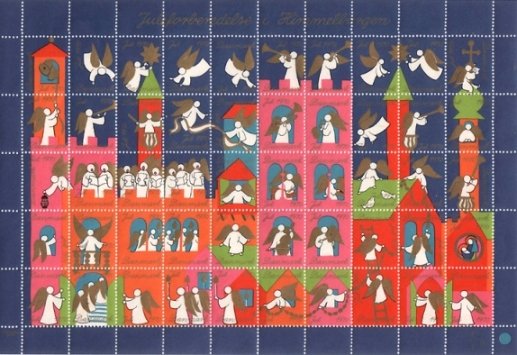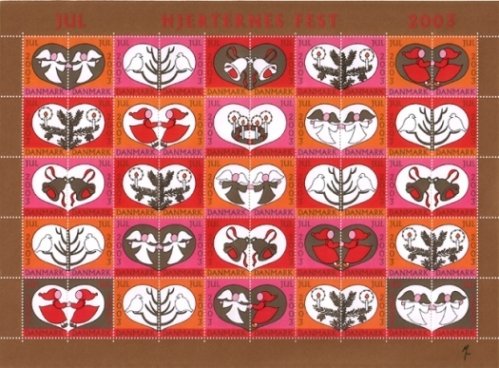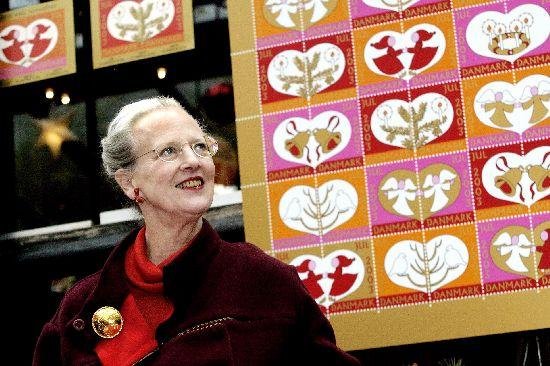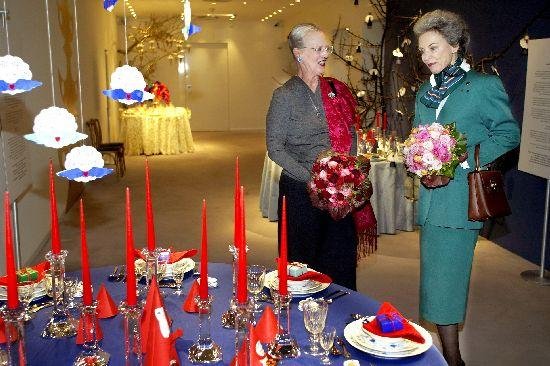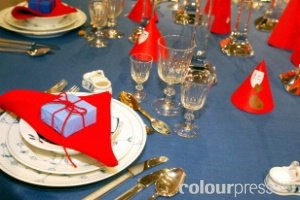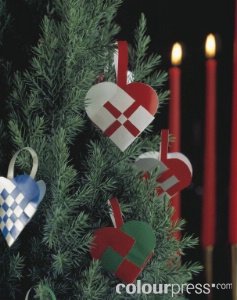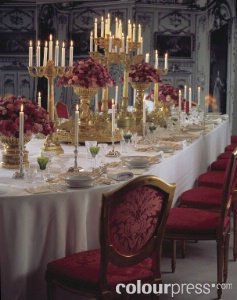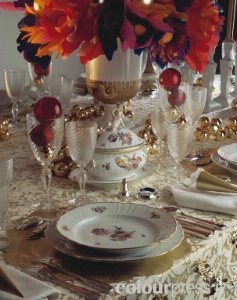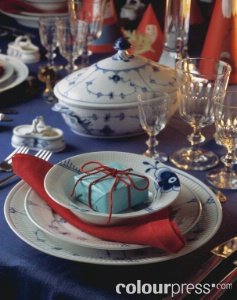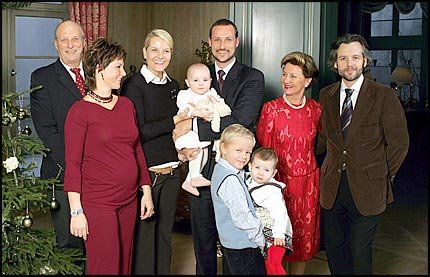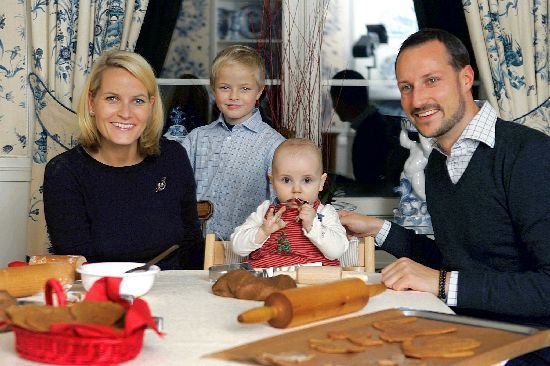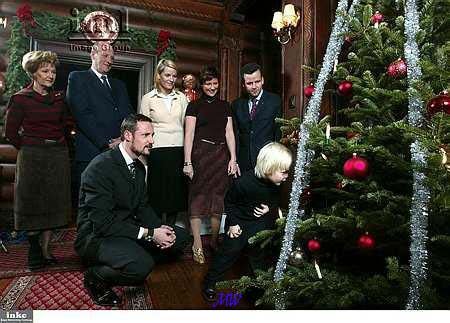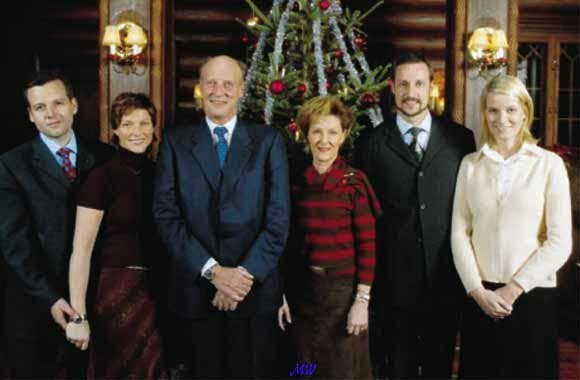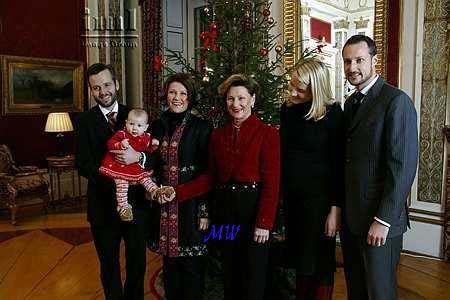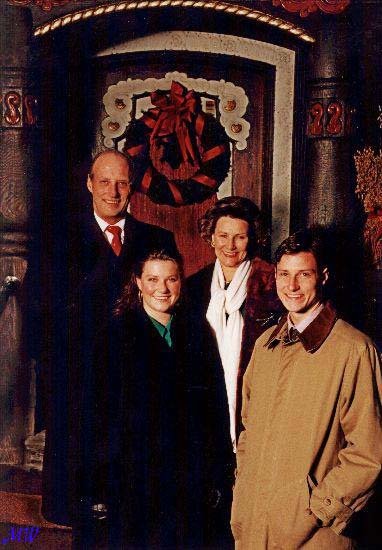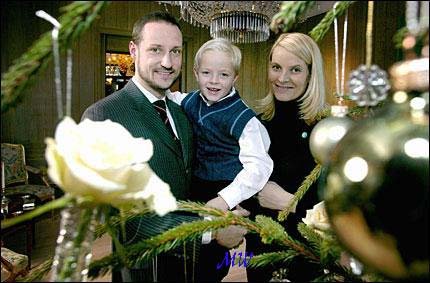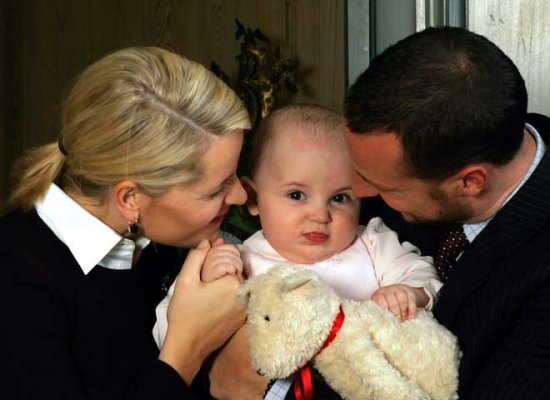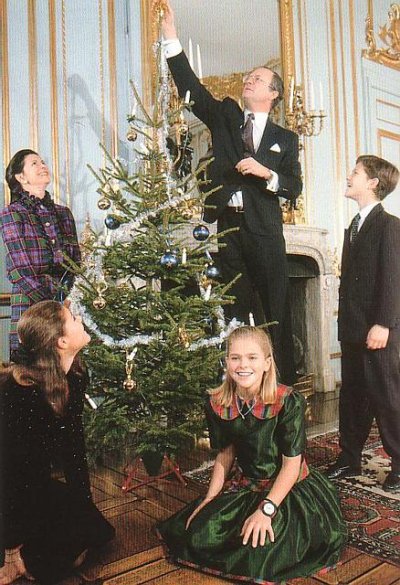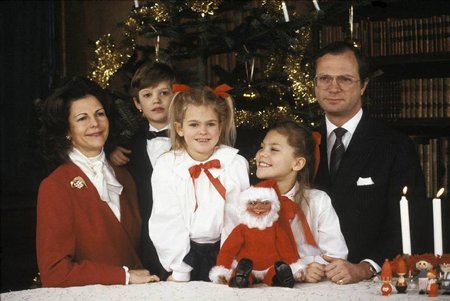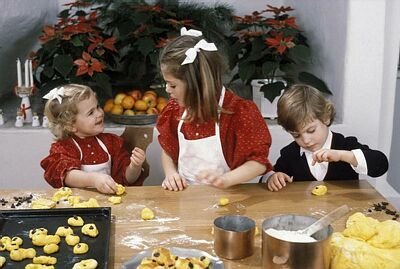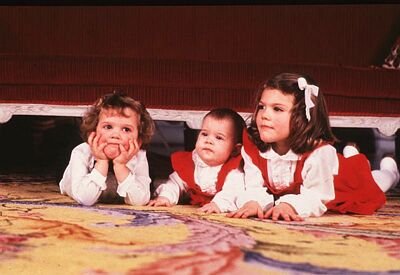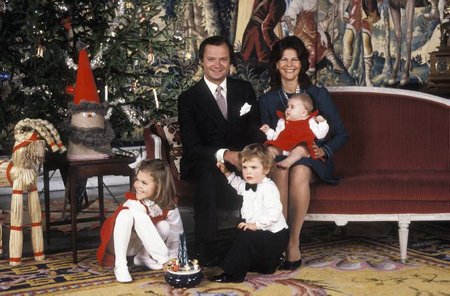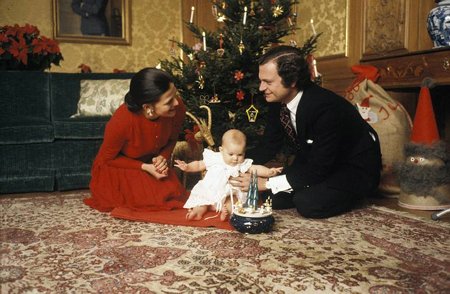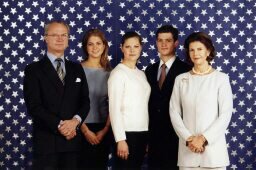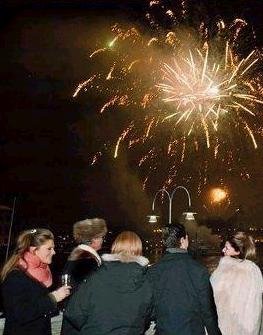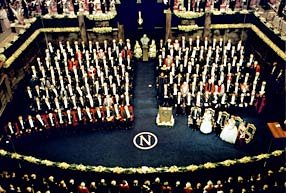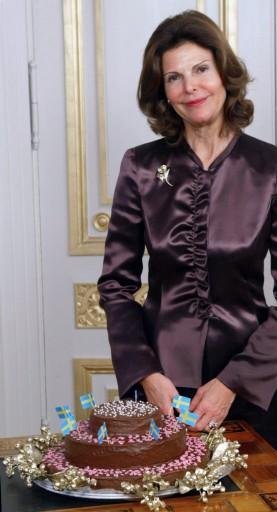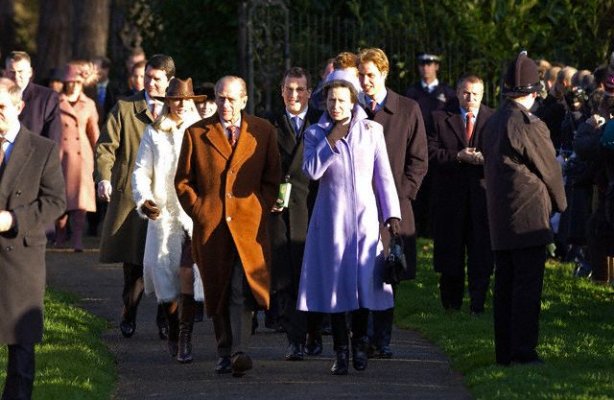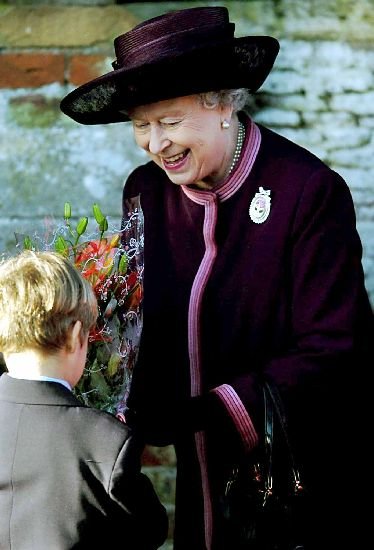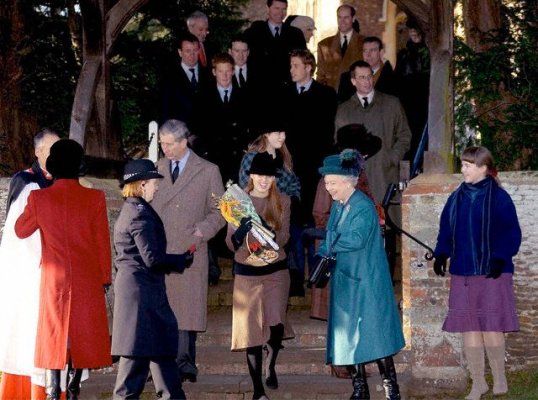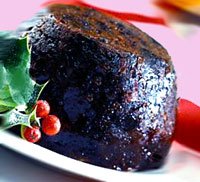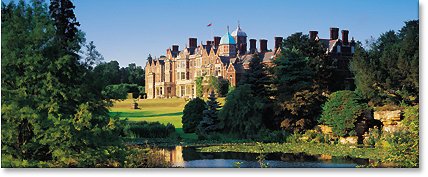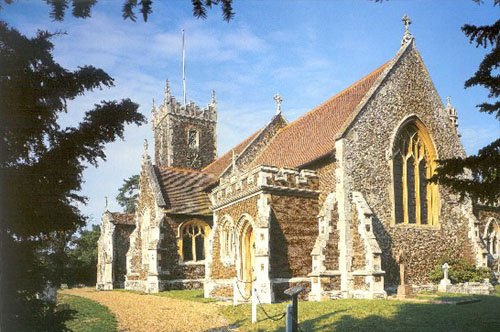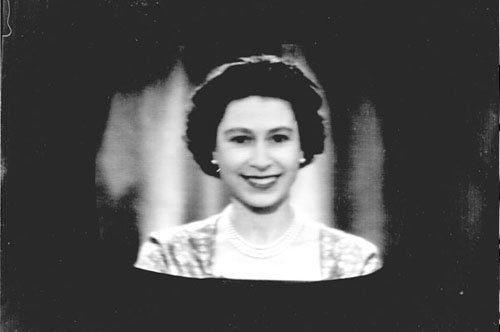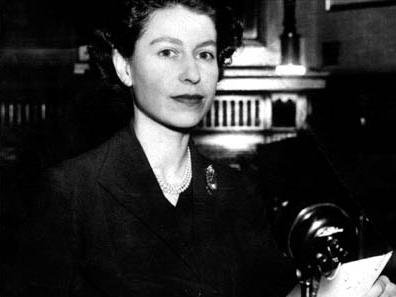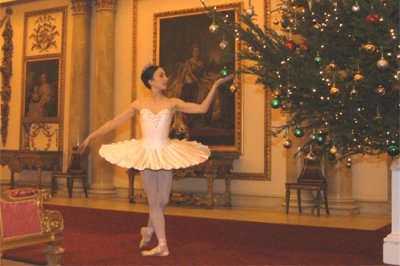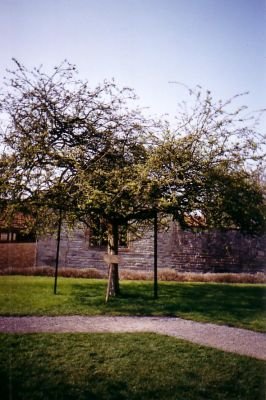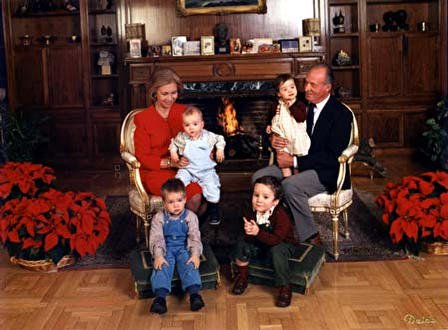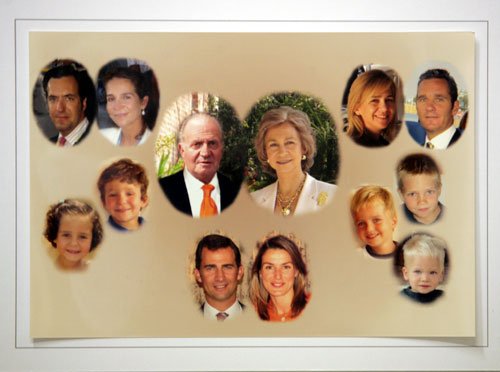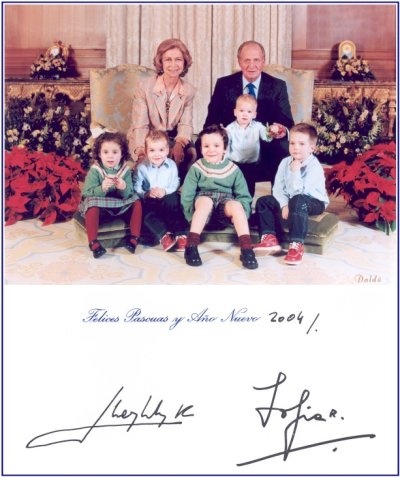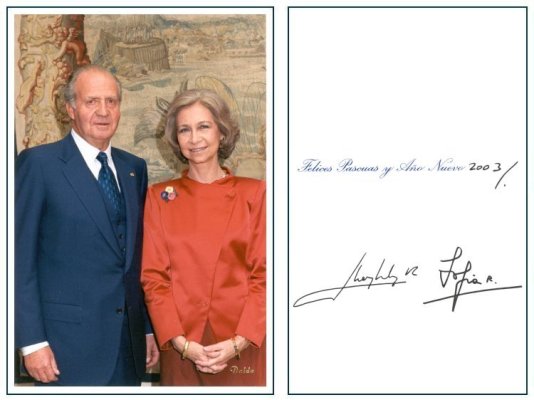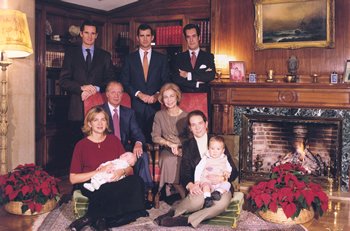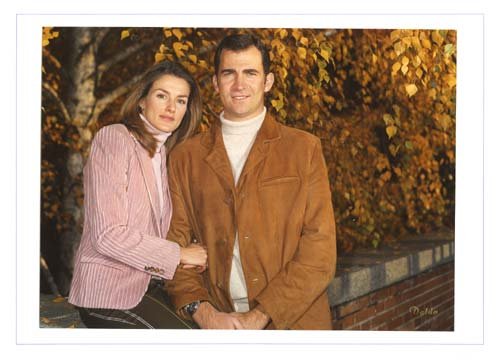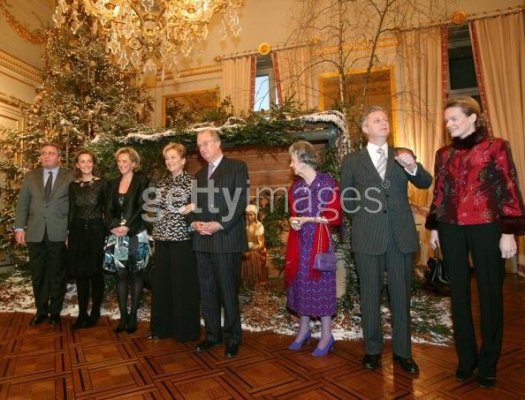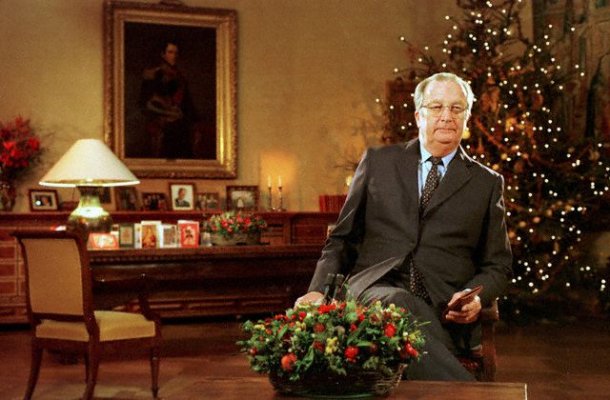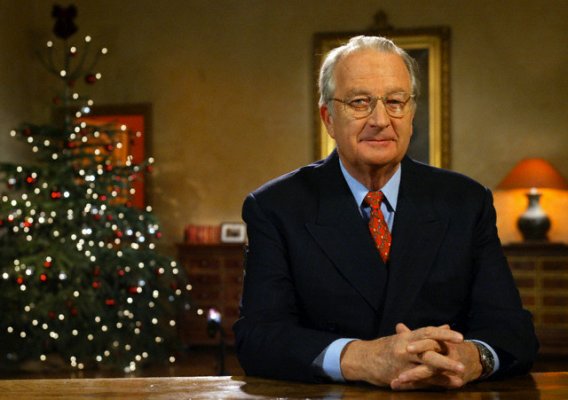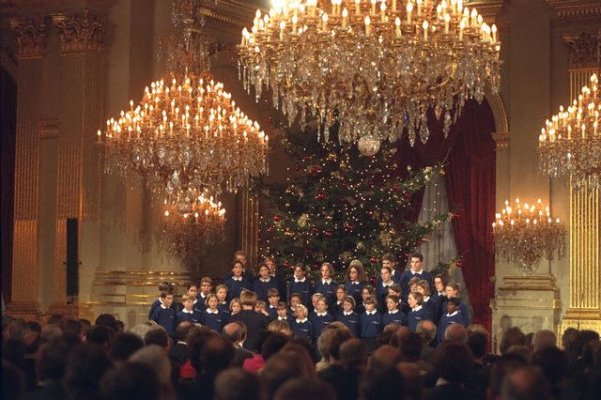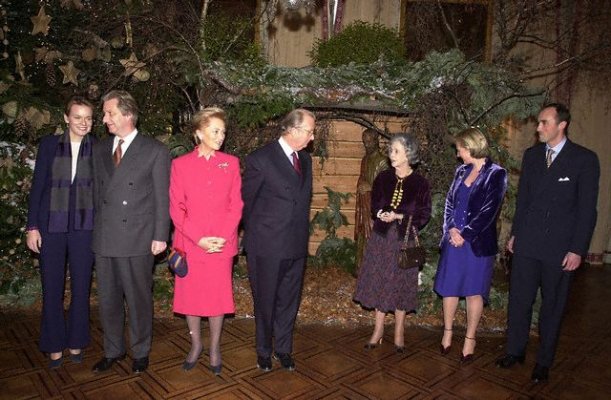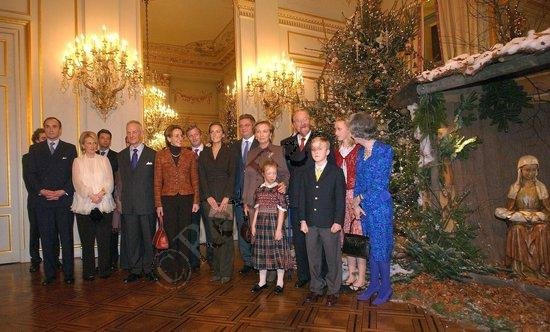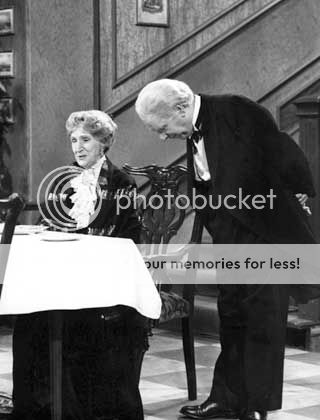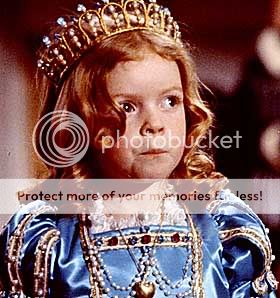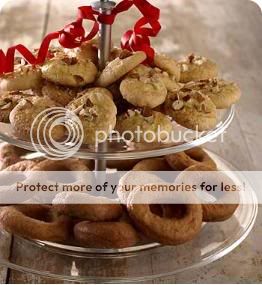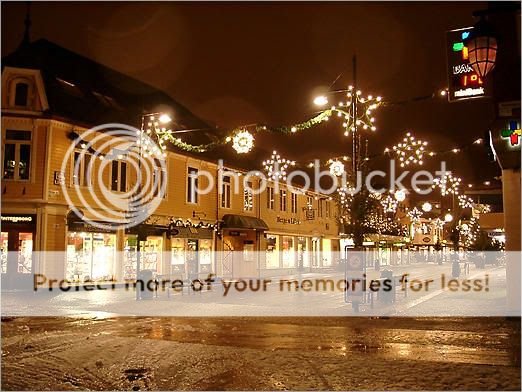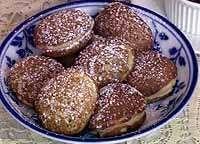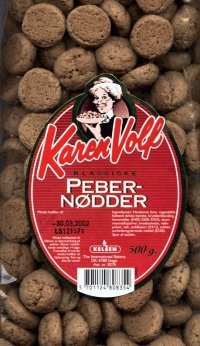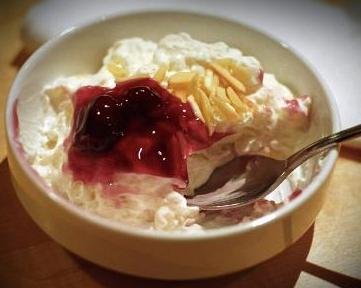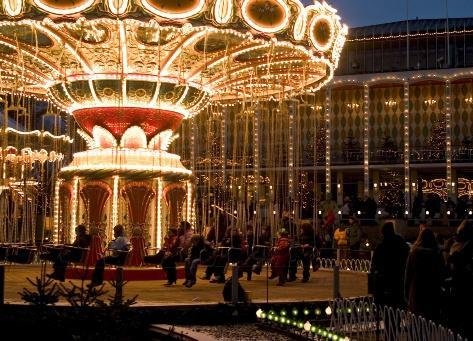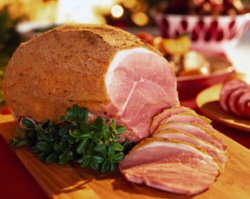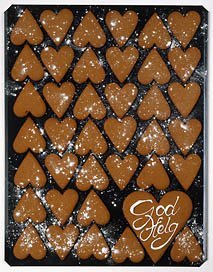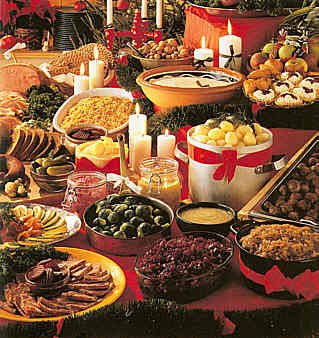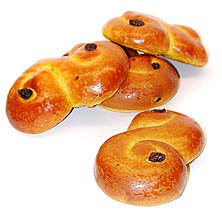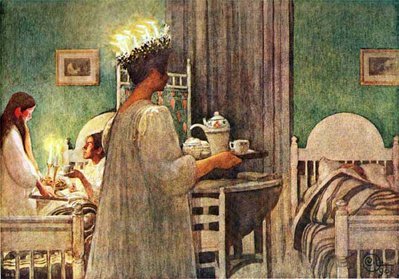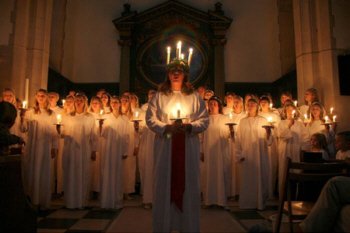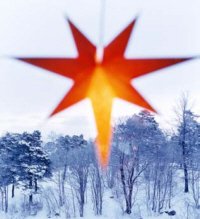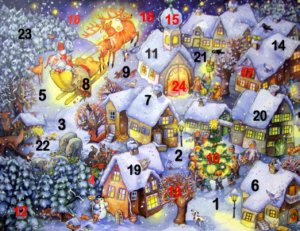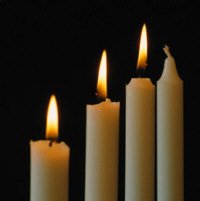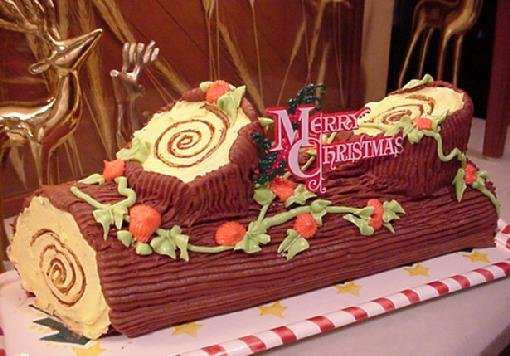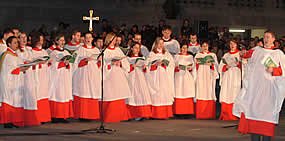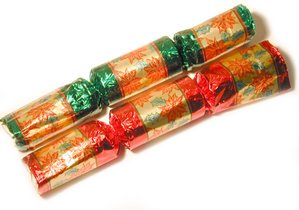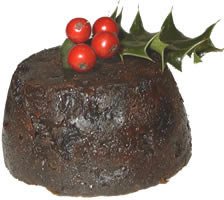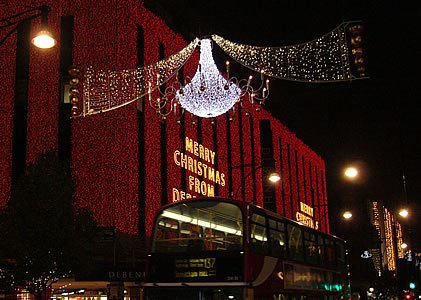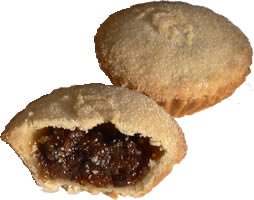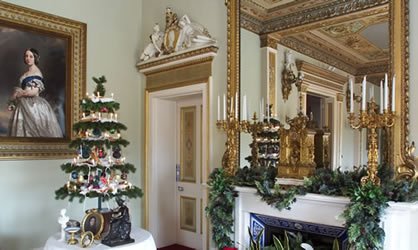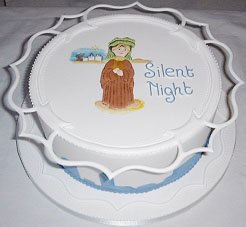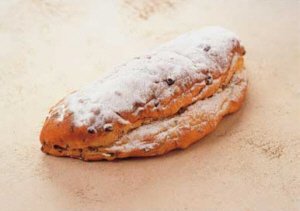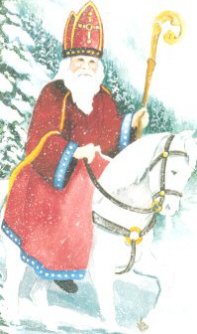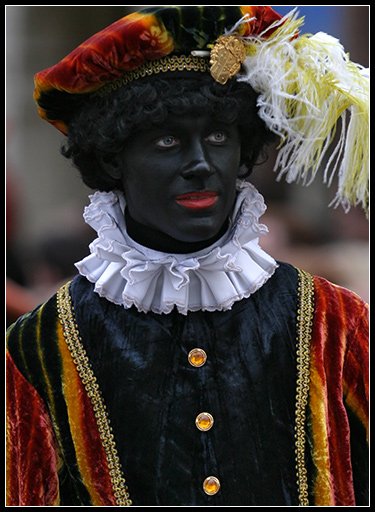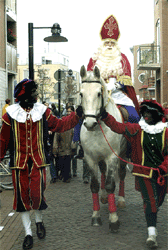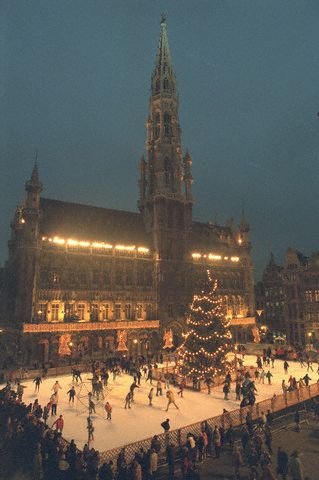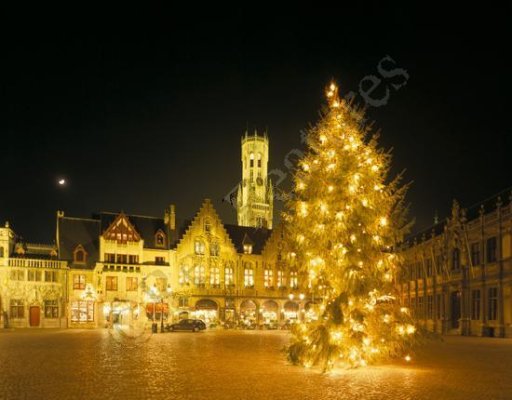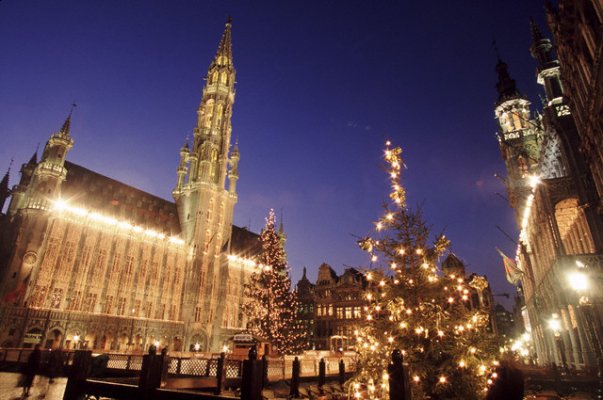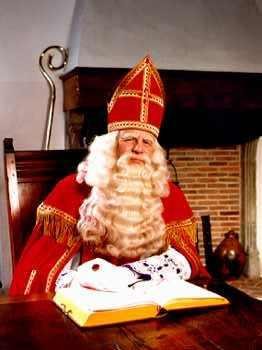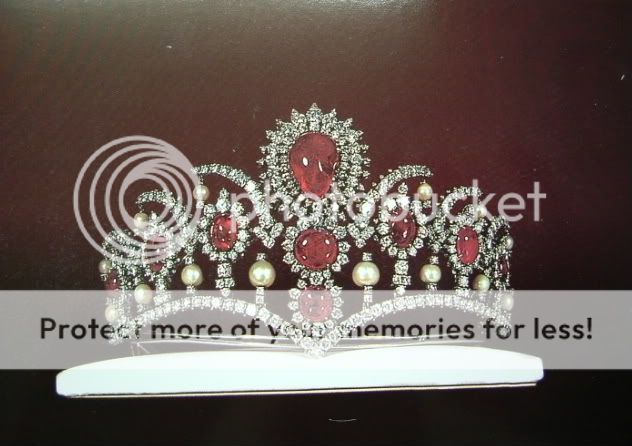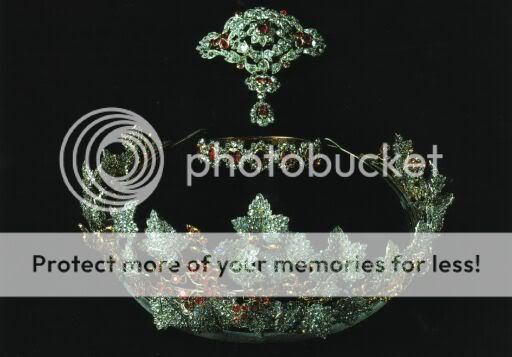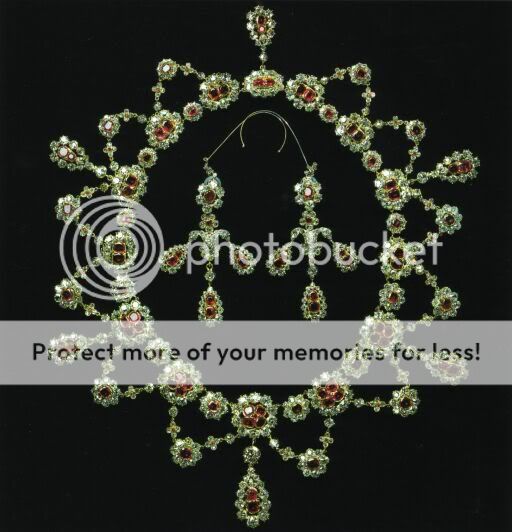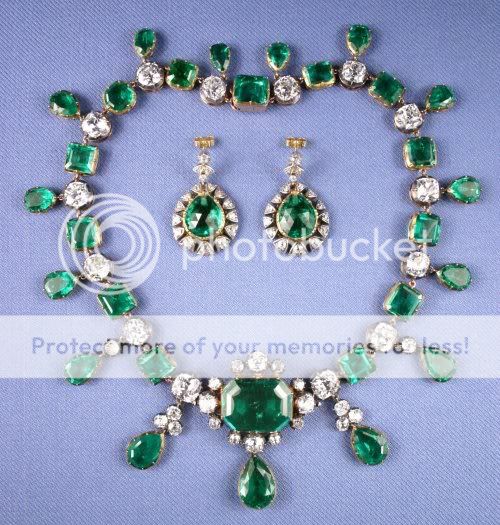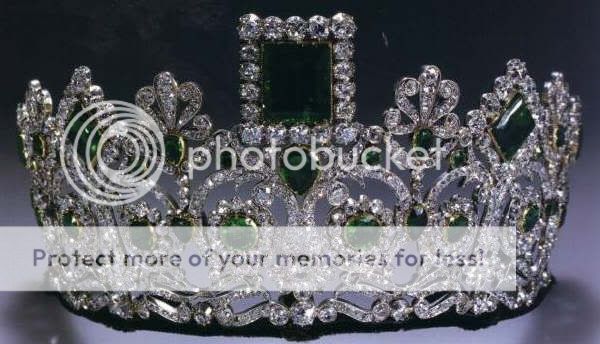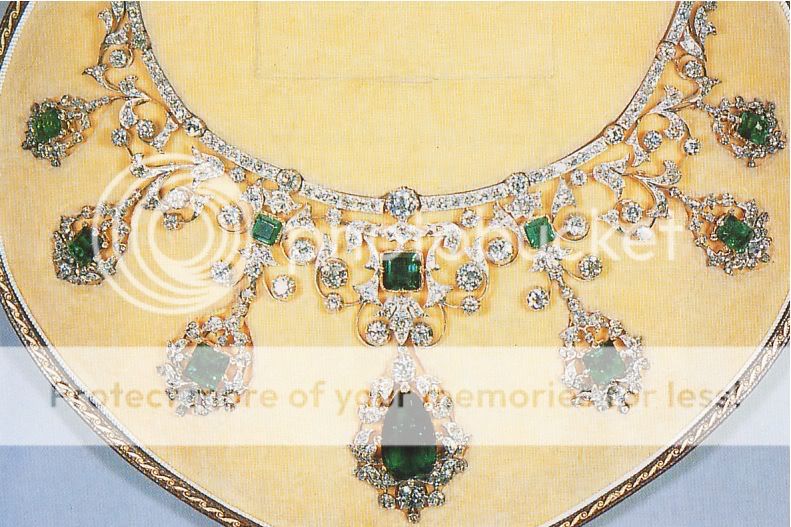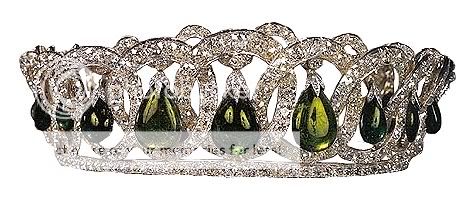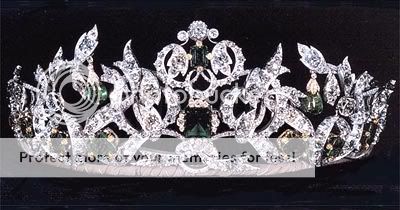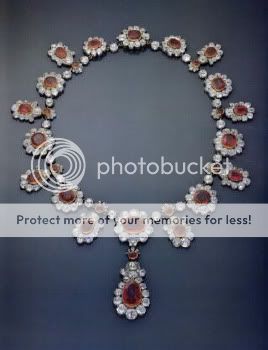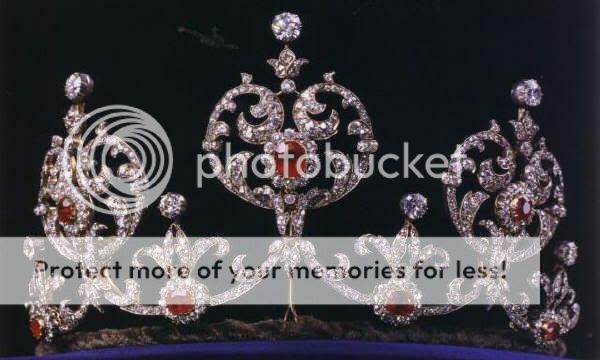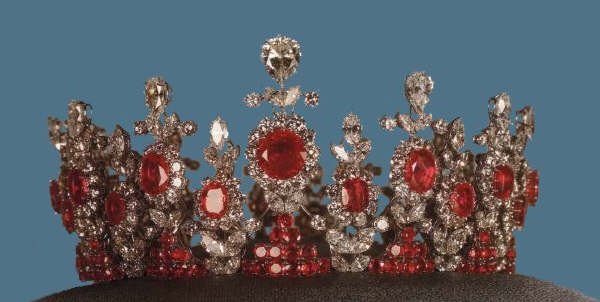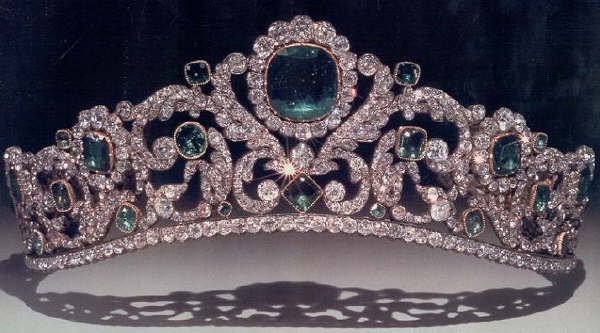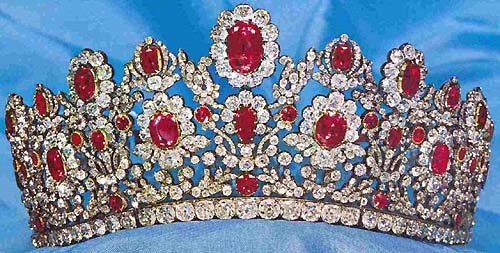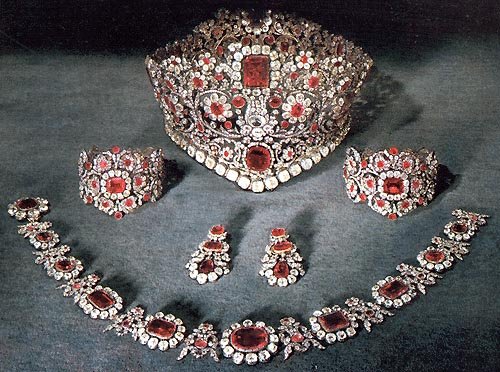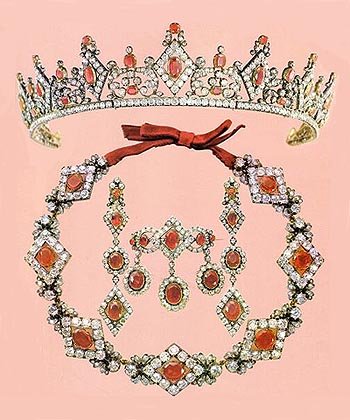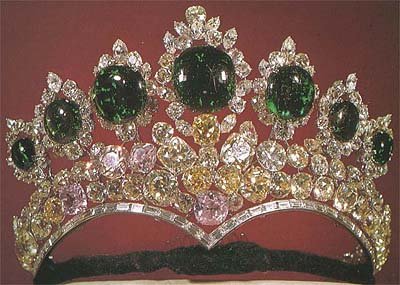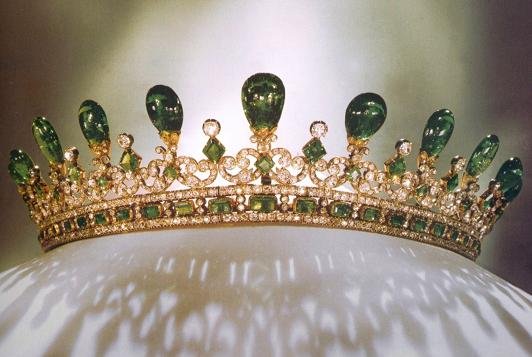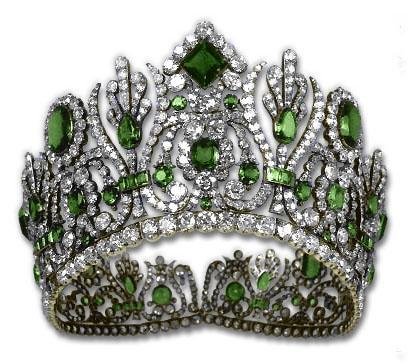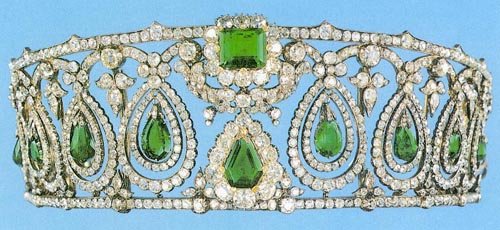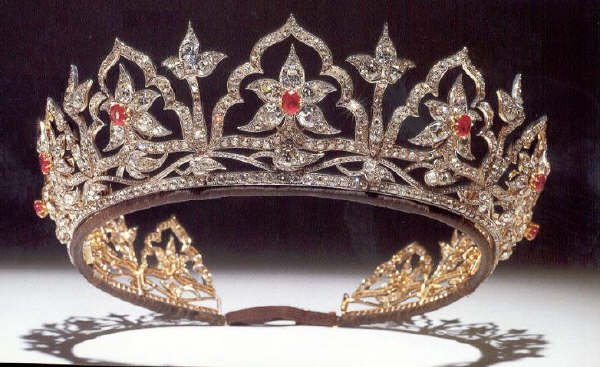GrandDuchess
Heir Apparent
- Joined
- Mar 28, 2004
- Messages
- 3,403
- City
- Somwhere
- Country
- Sweden

THE ROYAL FORUMS' NEWSLETTER – DECEMBER/JANUARY 2005 *
Welcome to the December/January 2005 edition of The Royal Forums’ newsletter.
It is with great pride and joy that we introduce a special forum just for this special time of year: A Royal Holiday. In this forum, you’ll find all things devoted to the holidays, those related to how our favourite royals spend their holidays but also how people around the world and the members of this forum spend this special season, too.
While beautifully decorated trees, piles of presents, and platters of sugary cookies have come to represent/symbolize the season on a superficial level, at the heart of this time of year, whatever your religious or cultural beliefs, is family.
While we all have families of our own offline, at this community of royal watchers and fans, we are a unique family of our own. This year especially has been about including TRF members in the kind of things the TRF Team was typically been responsible for. This year, our members re-designed our banner and our members voted for their favourite, and when our Avatar Galleries experienced a software glitch, instead of viewing it as a problem, the TRF Team made it an opportunity to include our talented members and enable them to create avatars that other members could enjoy and share. And for these monthly newsletters, we’ve asked for feedback on what our members are interested in reading about, and when someone suggested that rather than just profile individuals each month, how about profiling palaces or pieces of jewellery, we took it to heart and included Buckingham Palace in our first palace profile.
I feel very strongly, and I have probably said it at nauseum in previous newsletters, that the TRF Team of Administrators and Super Moderators is also a family of its own. And it has been a personal pleasure to welcome Pdas1201, Danielle, and Warren to our team, as well as GrandDuchess who has been a great co-editor of this newsletter as well as a great spearheader of new ideas. One of GrandDuchess’s ideas was to organize a secret gift exchange between the mods in which anyone who wanted to participate would be given the name of a fellow participant and would buy for them several small gifts. There were just two requirements: One item had to represent your country’s monarchy if you had one and one item should be representative of your country. Everything else was up to you, based on what you knew about your fellow moderator. I personally had a great time putting together a special package for my “Secret Santa,” finding items that I hoped she would enjoy, and it meant as much to me to find the perfect items for this package as it does for me to find the perfect gifts for my own family members—a true testatment to what my co-Administrators and Super Moderators mean to me.
//GrandDuchess & Alexandria
PS. If there is a royal person or residence, or a special piece of jewellery you would like to see covered in a future issue of our newsletter, please let us know here. Our member comments and suggestions are always welcome.
FORUM NOTES
The TRF Team would like to welcome Ysbel to our moderating team! Ysbel will be helping to moderate the British Forums with Elspeth, Warren, and Martine.
Just for the holiday season, A Royal Holiday is a special forum to celebrate the season. Here you can catch up on what festive activities the various royal families are up to this season, review this last year in the royal world, and look forward to 2006.
Please note that our major attachment cleanup continues over the next few weeks, with images which have not been properly posted according to our rules being removed.
There are a lot of members who have not posted in the forum at all this year, as well as some who have been members for over a year but have never posted. The TRF team would like to remind everyone that member accounts which have been inactive for at least a year may be subject to deletion, which will start taking place in the next few weeks.
Last edited:



